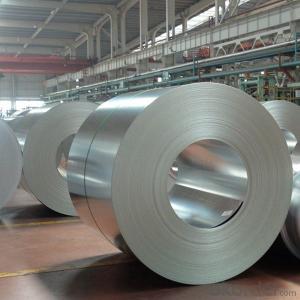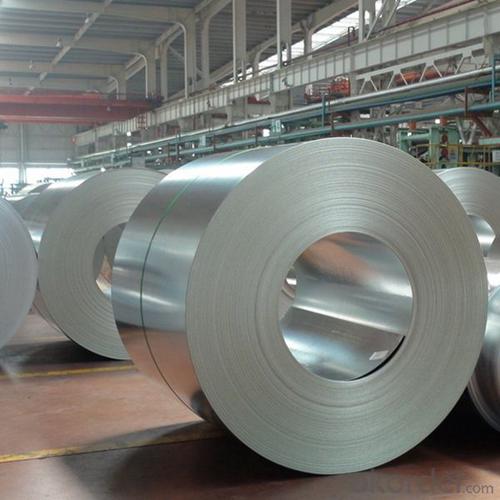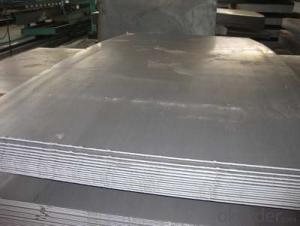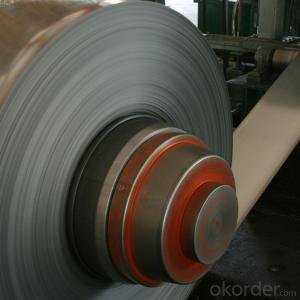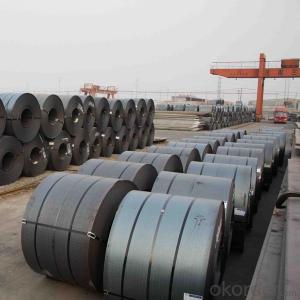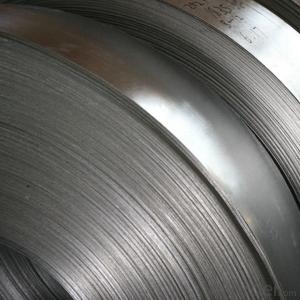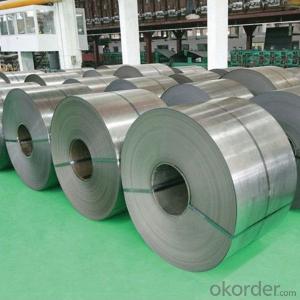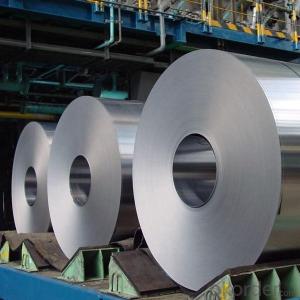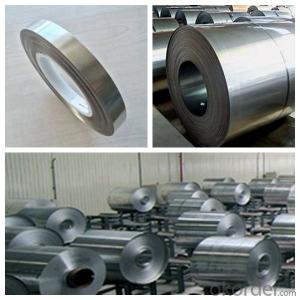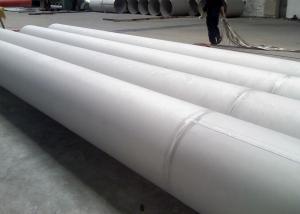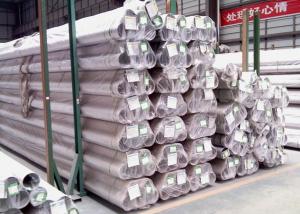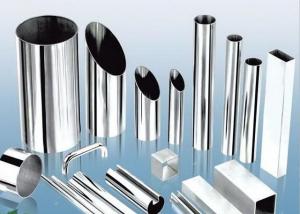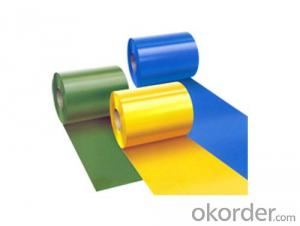Stainless Steel Made in China Hot Rolled Steel Coils
- Loading Port:
- Tianjin
- Payment Terms:
- TT OR LC
- Min Order Qty:
- 20 m.t.
- Supply Capability:
- 20000 m.t./month
OKorder Service Pledge
OKorder Financial Service
You Might Also Like
Specification
Products Description for Stainless Steel Coils/Sheets:
Product | stainless steel coils/plates/sheets | ||
Discharge Port | Any Port, China | ||
Size | Coils | Cold Rolled: | Thickness0.3-8mm,Width:280-2100mm |
Hot Rolled : | Thickness3-14mm,Width:650-2100mm | ||
Plates | Thickness2-80mm,Width:1500-3000mm | ||
Coil Weight | About 20 Tons | ||
Grade | 201,202,304/304L/304H,316/316L/316H,321/H,310S,409/L,430 etc. | ||
Technique | Hot Rolled/Cold Rolled | ||
Finish | 2B, BA, 2D, No1, No2, No4,NO.8,SB etc | ||
Edge | Mill Edge / Slitting Edge | ||
Package | In bundles, or as customer's requirement | ||
Place of Origin | Made in China | ||
MOQ | 20 Tons | ||
Description for Stainless Steel Coils/Sheets:
Prodcut:Stainless Steel Coil
Thinckness: 0.20mm-8.0mm
Width:1000mm, 1219mm(4 feet), 1250mm, 1500mm, 1524mm(5 feet),
1800mm, 2000mm, 2200mm, 2500mm,and customizable
Ni:0.8~1.2% Cu:1.4~1.5% Cr:14
Standard: ASTM, JIS, GB, BS, DIN etc
Grade: 200series&300series&400series
Surface finish: 2B, BA, 8K, 6K, Mirror Finished, No1, No2, No4, Hair Line with PVC
Manufacture technology: cold rolled/hot rolled
Thickness Tolerance: +/-0.1mm
Width Tolerance: +/-10mm
200 Seriers: 201,202
300 Seriers: 301, 304, 304L, 316L, 309, 310S,321
400 Seriers: 410, 410S, 409L,430
Detail picture for Stainless Steel Coils/Sheets
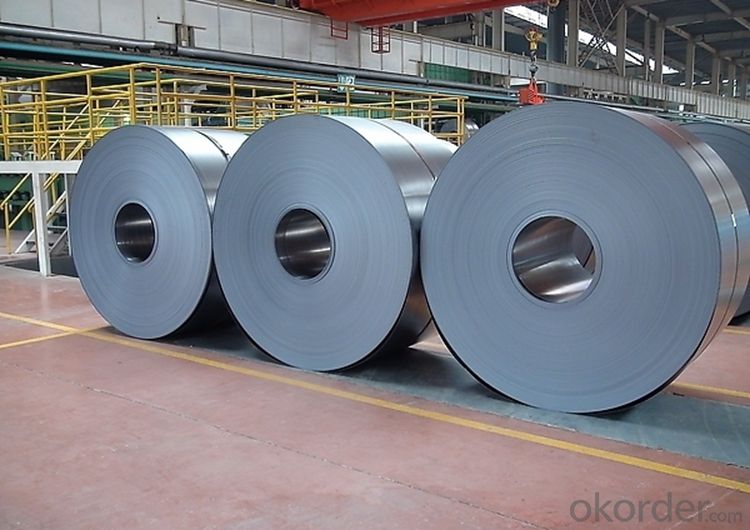
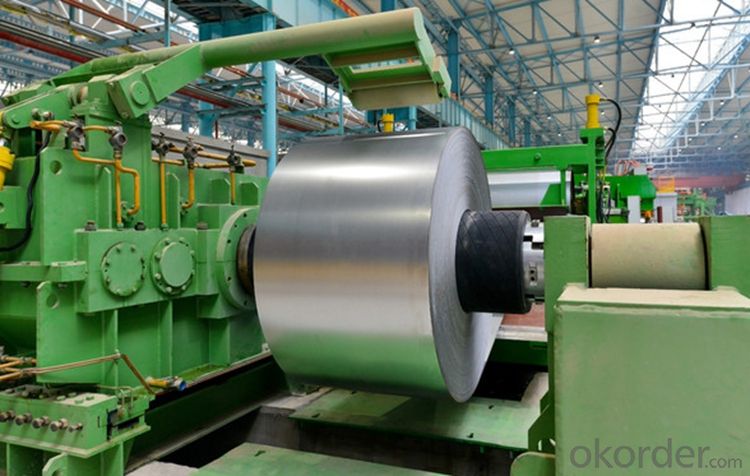
Packaging & Delivery for Stainless Steel Coils/Sheets:
Packaging Detail Standard export packing or following customer's demand
Delivery Time: Within 30-40 days after deposit or according to the order quantity
Export Markets for Stainless Steel Coils/Sheets:
Our target market is the international market. Every year we export most of products to countries like India, Pakistan, South Korea, Brazil, Australia, South Africa, Spain, Sri Lanka, Taiwan, Hong Kong, etc.
FAQ for Stainless Steel Coils/Sheets:
Q:What are the advantages of your company ?
A: We have many professionals, technical personnel, more competitive prices and best after-dales service than other stainless steel companies.
Q:Can you arrange the shipment ?
A: Sure we can help you with the shipment. We have forwarders who have cooperated with us for many years.
- Q: Are stainless steel sheets suitable for elevator handrails?
- Yes, stainless steel sheets are suitable for elevator handrails. Stainless steel is a popular choice for handrails in elevators due to its durability, corrosion resistance, and aesthetic appeal. Elevator handrails are subject to constant use and exposure to various environmental factors, such as moisture and fingerprints. Stainless steel is highly resistant to corrosion, ensuring the longevity and maintenance-free operation of the handrails. Additionally, stainless steel has a sleek and modern appearance that complements the overall design of elevators. Its smooth surface is easy to clean and maintain, making it a hygienic choice for handrails in public spaces. Overall, stainless steel sheets are an excellent material choice for elevator handrails.
- Q: How do you clean stainless steel sheets?
- To clean stainless steel sheets, you can follow a simple and effective process. First, remove any loose dirt or debris from the surface by gently wiping it with a soft cloth or sponge. Next, prepare a cleaning solution by mixing warm water with a mild detergent or dish soap. Dip a non-abrasive sponge or cloth into the solution and gently scrub the stainless steel sheet in the direction of the grain. Avoid using abrasive materials or harsh chemicals as they can damage the surface. Rinse the sheet thoroughly with clean water to remove any soap residue. Finally, dry the sheet with a soft cloth or towel, again following the grain to prevent water spots or streaks. This process will help maintain the shine and cleanliness of your stainless steel sheets.
- Q: What do stainless steel 304 industrial surfaces refer to?
- Stainless steel surface, there are many kinds, such as: BA, 2B, industrial.2B, is relatively smooth surface, industrial surface is more rough. These are raw materials, you can process the surface. But the industrial price is cheaper!
- Q: Can stainless steel sheets be used for escalator cladding?
- Indeed, stainless steel sheets are well-suited for cladding escalators. This material is favored for its robustness, ability to resist corrosion, and pleasing visual qualities. It can endure frequent usage without succumbing to deterioration, making it an ideal choice for escalators. Moreover, stainless steel sheets can be shaped and sized according to specific requirements, enabling a flawless and personalized installation on escalator surfaces. Furthermore, stainless steel imparts a sleek and contemporary look, elevating the overall aesthetic appeal of the escalator.
- Q: Are stainless steel sheets resistant to crevice corrosion?
- Stainless steel sheets generally possess resistance to crevice corrosion, which occurs in confined spaces like gaps or crevices between surfaces, where limited oxygen and other corrosive agents exist. These sheets are primarily composed of iron, chromium, and other alloying elements that generate a protective oxide layer on their surface, effectively preventing the infiltration of corrosive agents. This oxide layer acts as a barrier, endowing stainless steel with high resistance against crevice corrosion. However, it's worth noting that the degree of resistance can vary based on the specific grade and composition of the stainless steel, as well as the environmental conditions it encounters.
- Q: What is the impact strength of stainless steel sheets?
- The impact strength of stainless steel sheets may vary based on several factors, including the grade and thickness of the stainless steel and the specific conditions under which the impact occurs. Stainless steel possesses inherent properties that contribute to its good level of impact strength, such as high tensile strength and ductility. Stainless steel is renowned for its ability to endure impacts and resist deformation, making it a favored material in industries where durability is crucial. It demonstrates exceptional resistance to impact loading, enabling it to withstand sudden impact forces without fracturing or breaking. Consequently, stainless steel sheets are well-suited for applications that demand high impact resistance, such as structural components, automotive parts, and machinery. Nevertheless, it is important to note that impact strengths may differ among various grades of stainless steel. Austenitic stainless steels (e.g., 304 and 316), for instance, exhibit excellent impact resistance due to their elevated nickel and chromium content. Conversely, ferritic and martensitic stainless steels may possess slightly lower impact strengths. Moreover, the thickness of the stainless steel sheet also influences its impact strength. Thicker sheets generally offer greater impact resistance compared to thinner ones, as they can absorb more energy before yielding or fracturing. It is worth mentioning that the impact strength of stainless steel can be further improved through additional methods, such as heat treatment and alloying. These processes enhance the material's toughness and resistance to impact loading. In conclusion, stainless steel sheets possess favorable impact strength that suits many applications. However, it is advisable to consult specific grade and thickness specifications, as well as any relevant industry standards or regulations, to determine the precise impact strength requirements for a particular application.
- Q: What are the different types of stainless steel sheet finishes for automotive applications?
- Some of the different types of stainless steel sheet finishes for automotive applications include brushed, polished, satin, mirror, and textured finishes. These finishes vary in terms of appearance, texture, and level of reflectivity, providing options for various aesthetic preferences and functional requirements in the automotive industry.
- Q: How do you determine the best thickness of stainless steel sheet for a specific application?
- Several factors need to be taken into account when determining the optimal thickness of a stainless steel sheet for a specific application. First and foremost, the intended use of the stainless steel sheet is of utmost importance. Different applications necessitate varying levels of strength, durability, and resistance to corrosion. For instance, if the sheet will be employed in a high-stress environment or exposed to harsh chemicals, it would be prudent to opt for a thicker gauge stainless steel sheet in order to ensure sufficient strength and corrosion resistance. In addition, the size and dimensions of the application must be considered. Larger structures or components may necessitate thicker stainless steel sheets to maintain structural integrity and prevent deformation under load. Conversely, smaller or more delicate applications may benefit from thinner sheets to reduce weight and enhance flexibility. Furthermore, it is crucial to take into account the expected lifespan and maintenance requirements. Generally, thicker stainless steel sheets offer greater longevity and can withstand more wear and tear. However, if the application calls for frequent cleaning or maintenance, a thinner sheet may be more practical. Budgetary constraints should also be factored in. Thicker stainless steel sheets tend to be more costly due to the increased material expense and manufacturing complexity. Striking a balance between desired performance and available resources is crucial in determining the most cost-effective thickness. Lastly, seeking insights from industry standards, guidelines, and experts can be invaluable. Different industries have specific requirements for stainless steel sheet thickness based on their experiences and safety standards. Engaging with professionals can help ensure that the chosen thickness meets the necessary specifications and regulations. In conclusion, the determination of the optimal thickness of stainless steel sheet for a specific application involves considering the intended use, size, expected lifespan, maintenance requirements, budget, and seeking expert guidance. By carefully evaluating these factors, one can make an informed decision and select the most suitable thickness for their specific needs.
- Q: What factors affect the cost of stainless steel sheets?
- There are several factors that can affect the cost of stainless steel sheets. These include the type and grade of stainless steel, the thickness and size of the sheets, the quantity being purchased, market demand and availability, production and labor costs, and any additional processing or finishing requirements.
- Q: Can stainless steel sheets be used for stadium seating?
- Certainly! Stadium seating can indeed utilize stainless steel sheets. This particular material boasts durability and resistance against corrosion, rendering it a fitting choice for outdoor purposes such as stadium seating. It can endure various weather conditions, be it rain, snow, or harmful UV rays, without succumbing to deterioration or rust. By manipulating stainless steel sheets, one can fashion them into diverse seating structures, thus presenting a robust and enduring seating solution for stadiums. Furthermore, stainless steel possesses an appealing aesthetic and can be finished in numerous manners to elevate its visual allure, thereby contributing to the stadium's overall design.
Send your message to us
Stainless Steel Made in China Hot Rolled Steel Coils
- Loading Port:
- Tianjin
- Payment Terms:
- TT OR LC
- Min Order Qty:
- 20 m.t.
- Supply Capability:
- 20000 m.t./month
OKorder Service Pledge
OKorder Financial Service
Similar products
Hot products
Hot Searches
Related keywords
